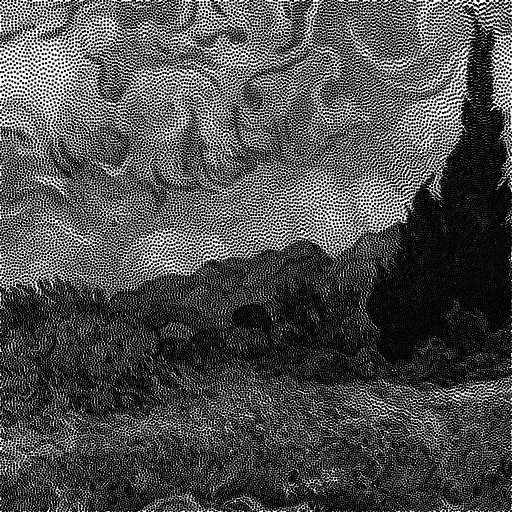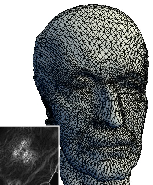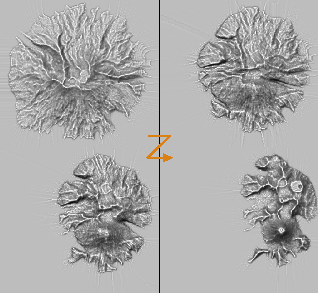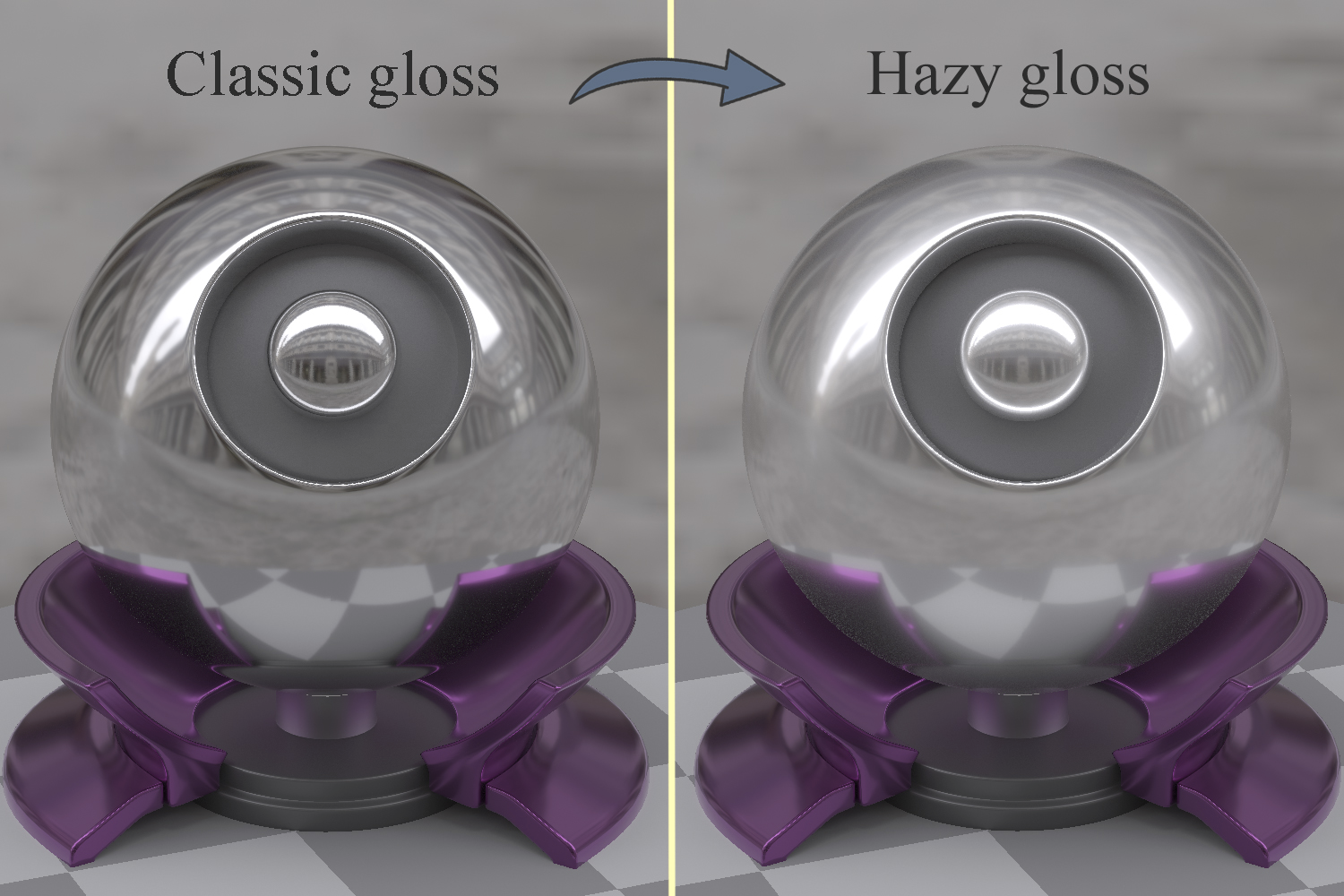Section:
New Results
Editing and Modeling
Interactive optimal transport solver [5]
Figure
10. Our fast mass-transport solver enables many applications such as adaptive sampling, surface remeshing, heightfield morphing and caustic design with interactive performance.
|
|
Optimal transport is a fundamental tool that appeared in various forms in numerous application domains.
We developed a novel and extremely fast algorithm to compute continuous transport maps between 2D probability densities discretized on uniform grids.
It follows the Monge-Ampère formulation, and it converges in a few cheap iterations thanks to the novel derivative-free non-linear solver we developed along this work.
We achieve interactive performance in various applications such as blue noise sampling, feature sensitive remeshing, and caustic design (Fig. 10).
A Composite BRDF Model for Hazy Gloss [3]
Figure
11. An object rendered with a classic glossy material (left), and with our hazy gloss material model (right), exhibiting specular reflections flanked by a halo.
|
|
A new bidirectional reflectance distribution function (BRDF) model is introduced for the rendering of materials that exhibit hazy reflections, whereby the specular reflections appear to be flanked by a surrounding halo.
The focus of this work is on artistic control and ease of implementation for real-time and off-line rendering.
The material model is based on a pair of arbitrary BRDF models; however, instead of controlling their physical parameters, we expose perceptual parameters inspired by visual experiments.
The main contribution then consists in a mapping from perceptual to physical parameters that ensures the resulting composite BRDF is valid in terms of reciprocity, positivity and energy conservation.
The immediate benefit of this approach is to provide direct artistic control over both the intensity and extent of the haze effect (Fig. 11), which is not only necessary for editing purposes, but also essential to vary haziness spatially over an object surface.






